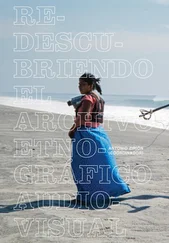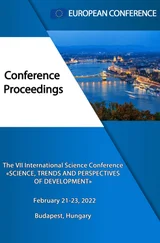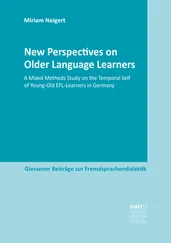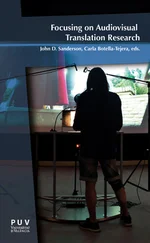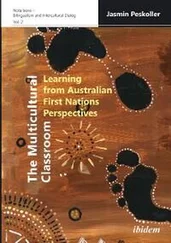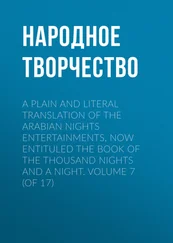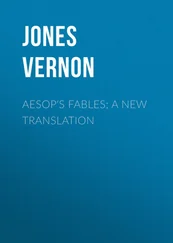Likewise, the video game industry has also seen dramatic growth. It is estimated that the current video game market generates $159.3 billion in revenue, with the $200 billion mark expected to be hit by 2023 (Wijman 2020: online). Thus, it is not farfetched to predict the continued growth of video game localization, an already important industry, with companies like Keywords Studios among the top 10 language service providers in 2020 (Common Sense Advisory: 2020). As the Globalization and Localization Association (2019: online) states: «Gaming companies need translation and localization to maximize their global reach [...] making products and services more relatable to customers who speak different languages, with different cultural backgrounds.»
Moreover, media accessibility practices have also flourished over the last 10 years. For instance, EU 2010/13/EU and EU 2019/882 have made subtitling for the deaf and the hard-of-hearing, audio description and sign-language interpreting common practices in European broadcasts, both public and private. As for the United Kingdom, laws regulating accessibility on public television are also in place (European Union Agency for Fundamental Rights 2014: online). In fact, Reverter Oliver (2019: 161) points out that the UK is one of the leading countries with regard to accessibility. As for future trends, Mangiron (2021: 107) also points to video game accessibility.
This boom, however, has not just occurred in the professional landscape. As Bogucki and Díaz-Cintas (2020: 11) state, «[t]he most obvious change that we have observed in the last three decades or so is the progressive shifting of AVT from the margins to the centre of the academic debate, in a rather rapid fashion and after somewhat sluggish beginnings.» It is undeniable that audiovisual translation has flourished in recent years, as demonstrated by the increasing and fruitful academic production, and said growth coincides with the requirements of audiovisual and mass media technologies. A considerable number of high-quality publications and research projects have taken place in recent decades and a new journal devoted exclusively to AVT was even established in 2018, the Journal of Audiovisual Translation , demonstrating this already standalone discipline’s capacity for growth and enrichment. But interest in AVT research goes even further. As Carrero Martín et al. (2019: 1) state, multiple conferences, seminars and courses on AVT have proliferated during the last two decades.
Likewise, this situation reflects an increase in the graduate and postgraduate offer in AVT studies. Although «AVT training was not incorporated into higher education translator training curricula until just over twenty years ago», dating back to the late 1980s and 1990s (Cerezo Merchán 2019: 468), nowadays, a high number of «educational programmes focused on AVT [...] are part of the curricular offerings at many universities around the world» (Bogucki and Díaz-Cintas 2020: 19). Consequently, with the rise of this graduate and postgraduate education, the number of doctoral dissertations on AVT has grown dramatically. According to the data collected by Pérez Escudero (2018: 173), up to 280 doctoral dissertations on AVT studies were written between 2001 and 2017, a number which, when compared to the 50 written between 1967 and 2000, serves as proof of the current upward trend of AVT in translation studies. It is also interesting to point out that despite the main AVT research seemingly being centralised in Spain – followed by the United Kingdom, Brazil, Italy and the United States –, nearly 50% of these doctoral dissertations were written in English (Pérez Escudero 2018: 185-186).
Many of these doctoral projects have shed light on different aspects of the blossoming field of AVT, as demonstrated by monographs such as those edited by Martínez Sierra (2017, 2012). This book aims to contribute to this ever-growing landscape of new research projects and the avenues that young researchers in AVT are opening. We intend to contribute to the further dissemination of increasing research on the different and varied forms of AVT in which new generations of researchers work and which can complement and expand the approaches and methodologies that have already been developed in recent years. The aim of such a collection of contributions is to shed some light on the most recent research trends in audiovisual translation, localization and media accessibility, giving an account of the preferences that young researchers in the field demonstrate with their projects, and to point out the main needs in the research and professional scope that AVT might reflect.
It is commonly known that AVT represents not only a fruitful field of study, but also an ever-growing professional practice. This dual approach is demonstrated by the authors’ profiles, who not only carry out cutting-edge research in the field, but also work as professional translators themselves, as enriching as this perspective might be. Various aspects and modes of AVT will be brought to the forefront from different perspectives, demonstrating how broad and flexible this discipline has become in recent years, encompassing not only the «most traditional» audiovisual products and their translation (such as movies, TV shows and series), but also some other products such as comics, interactive audiovisual products (video games) and accessible products.
As pointed out by Chaume (2018), there are essentially four methodological turns that can be identified in the already mature discipline of AVT, together with transversal aspects influencing the foci of AVT research, with new technologies being one of the most prominent components, as demonstrated by some of the authors’ contributions to this book. To some extent, the different pieces of research gathered in this volume respond to most of the methodological turns that AVT has experienced throughout its relatively short but event-filled history: cultural approaches are touched on by Hayes – who analyses linguistic variation to convey cultural identity – and Villanueva Jordán and Martínez Pleguezuelos’ approach combines two case studies to analyse gender representations in audiovisual products. A sociological standpoint can be identified in Bolaños Garcia-Escribano’s work reviewing the current use and impact of Cloud technologies in AVT processes and Athanasiadi’s more theoretical approach toward the importance of technological advances in the development of the subtitling industry throughout history. The sociological relevance of AVT and its application in inclusive language education is also manifested in Reverter Oliver’s study, while a more traditional descriptive methodology is used by García Celades to approach intertextuality in comics. Vázquez Rodríguez addresses the issue of defining localization in the current AVT landscape from a purely theoretical standpoint, while López Rubio and Martí Sansaloni´s approach is eminently professional, drawing on their own experience to describe modern accessibility practices in regional TV and multilingual products.
Although varying in nature and approaches, this book represents a very limited selection of what is being done nowadays in academia, but the strength of the sum of the contributions presented here is precisely derived from the fact that they are not restricted to academic circles, but rather offer an overview on research, professional and educational perspectives. Research in AVT is becoming increasingly interdisciplinary (Szarkowska and Wasylczyk 2018) and it is expanding to all spheres of society. It is essential that the long-standing gap between the AVT industry and academia be bridged (Bogucki and Díaz-Cintas 2020: 22) and the multifaceted nature of this book aims to reflect that connection. It is by no means an exhaustive collection of current approaches to AVT, but rather a carefully selected list of research perspectives that are worth exploring in the current technologised landscape of AVT.
Читать дальше

![Михаил Лермонтов - A Hero of Our Time [New Translation]](/books/27671/mihail-lermontov-a-hero-of-our-time-new-translati-thumb.webp)
